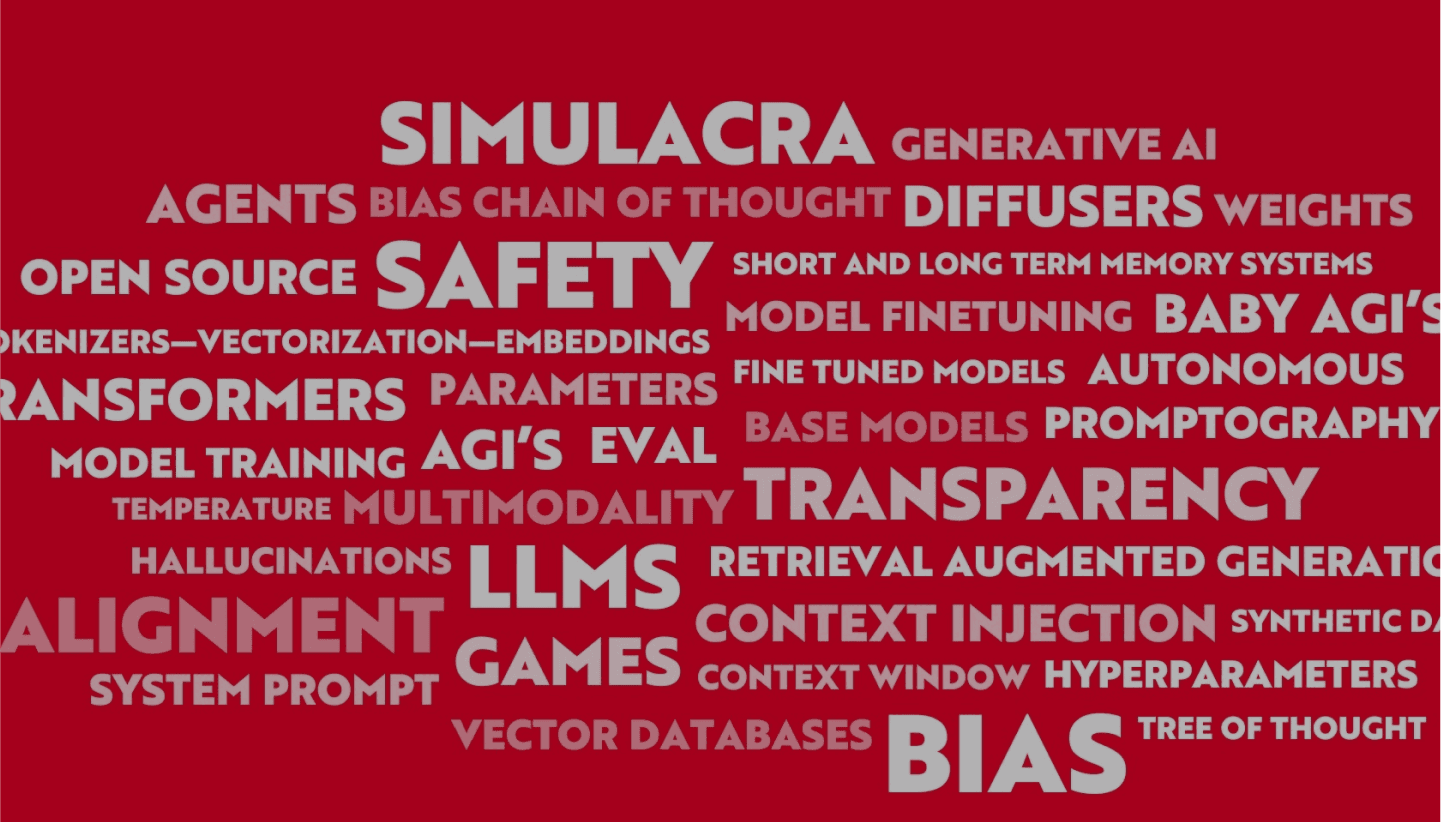
Transformer Models
What Are Transformer Models?
Transformer models are a groundbreaking class of neural network architectures designed to process sequential data, making them highly effective for a range of natural language processing (NLP) tasks and beyond. Unlike traditional models that might rely on recurrent neural networks (RNNs) or convolutional neural networks (CNNs) to handle sequences, transformers introduce a novel approach through the use of attention mechanisms, specifically self-attention. This allows them to weigh the importance of different parts of the input data, enabling the model to capture long-range dependencies and contextual relationships within the data. As a result, transformer models excel in tasks such as machine translation, text summarization, question answering, and even in fields outside NLP like genomics and medical research.
What are the key differences between transformer models and traditional models?
The key differences between transformer models and traditional neural network models lie in their structure and processing capabilities. Traditional models like RNNs process data sequentially, which can be a bottleneck for learning long-range dependencies and can lead to issues like vanishing gradients. CNNs, while powerful for spatial data, are not inherently designed for sequence processing.
Transformers, on the other hand, process entire sequences in parallel, significantly speeding up training and inference times. This parallel processing is made possible by the attention mechanisms that allow transformers to focus on different parts of the input data, understanding the context and relationships within it without being constrained by the sequence's order.
How have transformer models revolutionized AI research?
Transformer models have revolutionized AI research by providing a more efficient and effective way to handle sequential data. Their ability to learn complex patterns and dependencies in data has led to significant advancements in NLP, enabling more accurate machine translation, sophisticated text generation, and improved question-answering systems. Beyond NLP, transformers are being applied to a variety of fields, including bioinformatics for understanding genetic sequences and healthcare for analyzing clinical data. Their versatility and performance have opened new avenues for research and application, making them a cornerstone of modern AI development.

